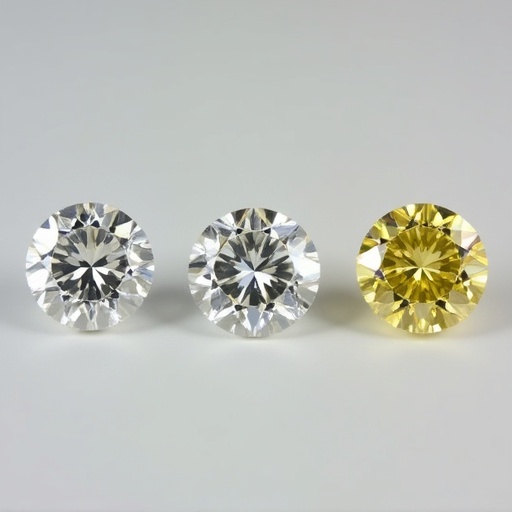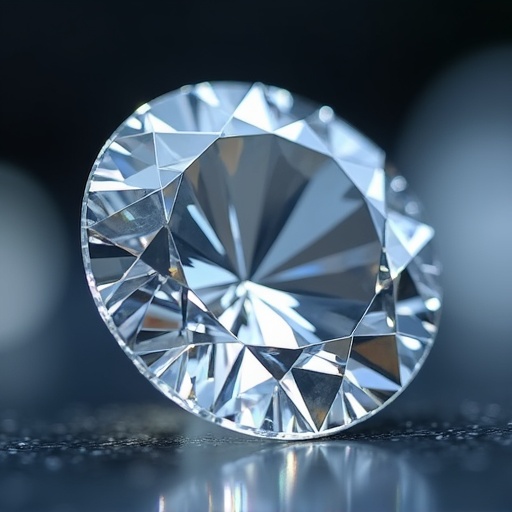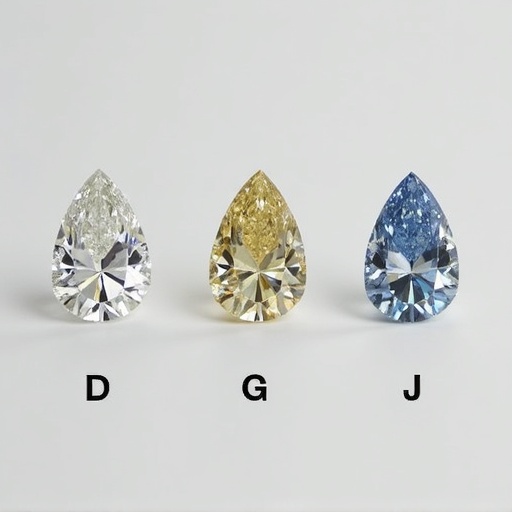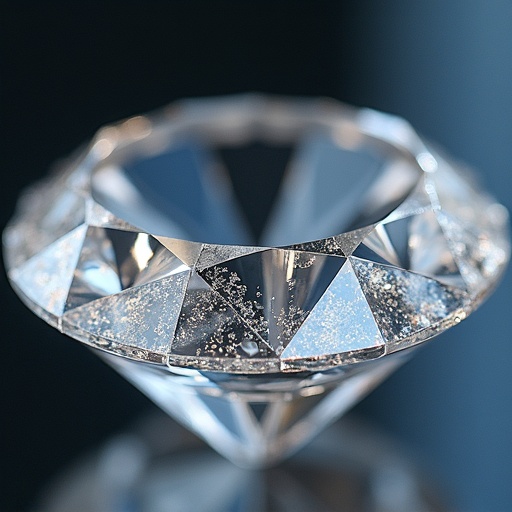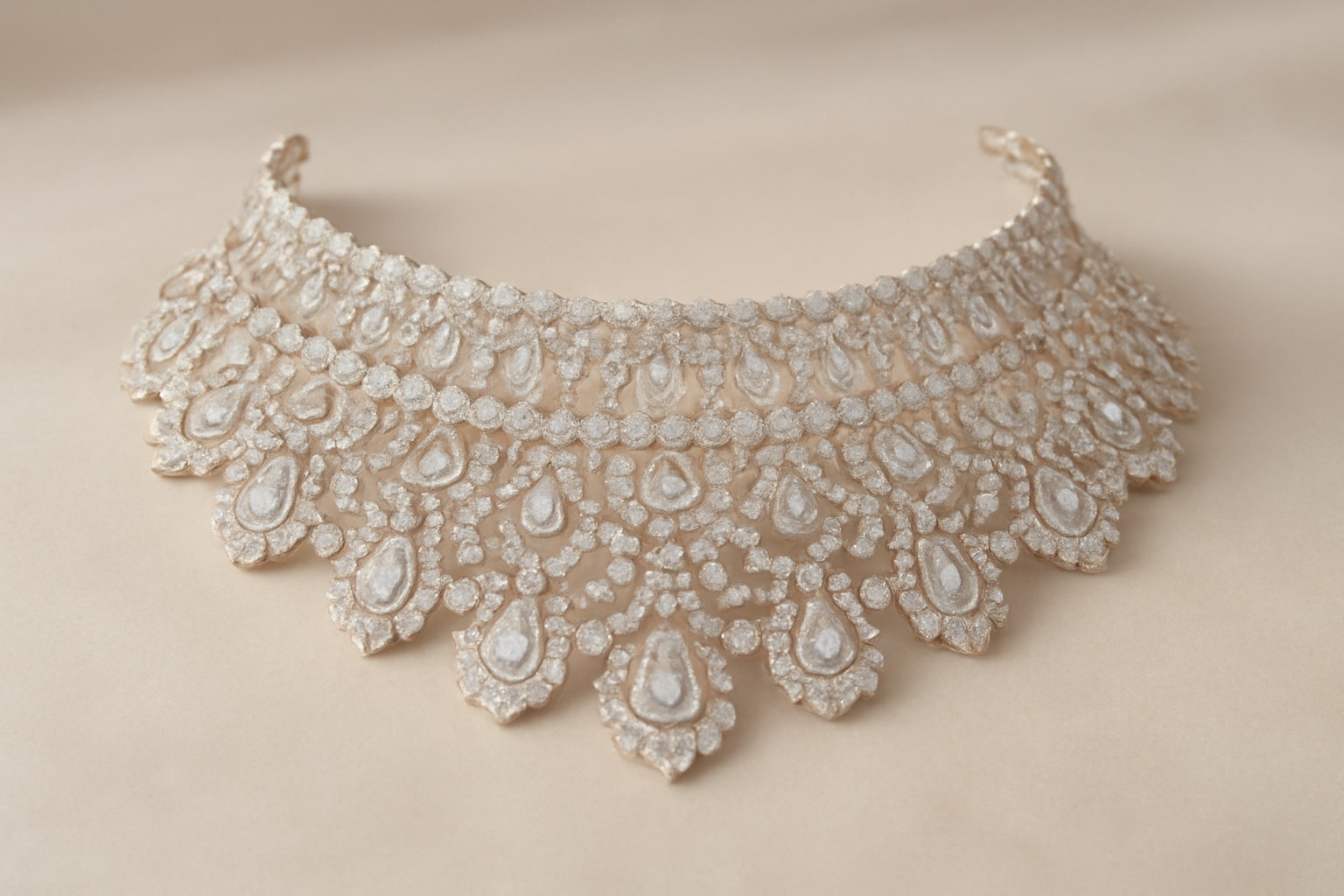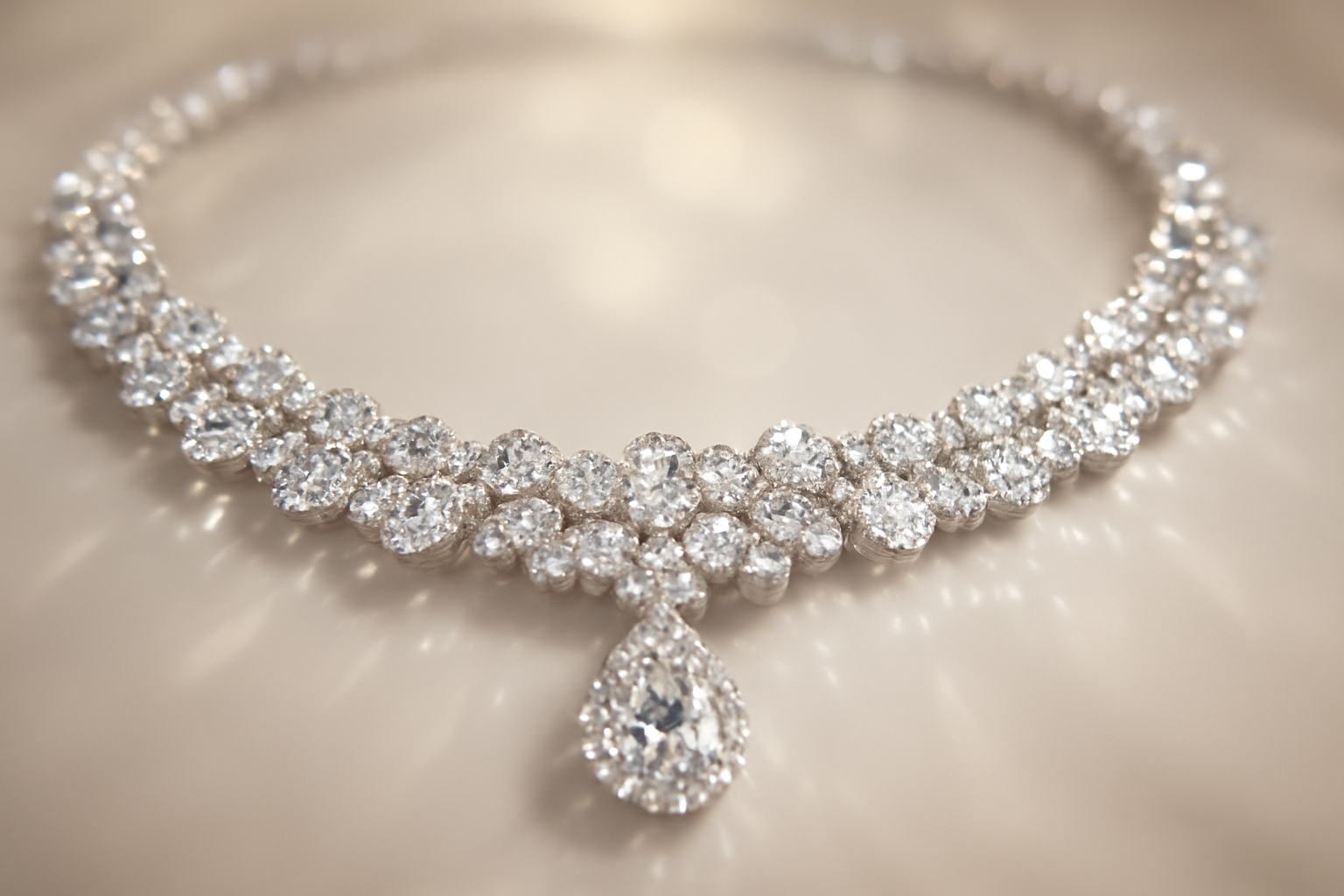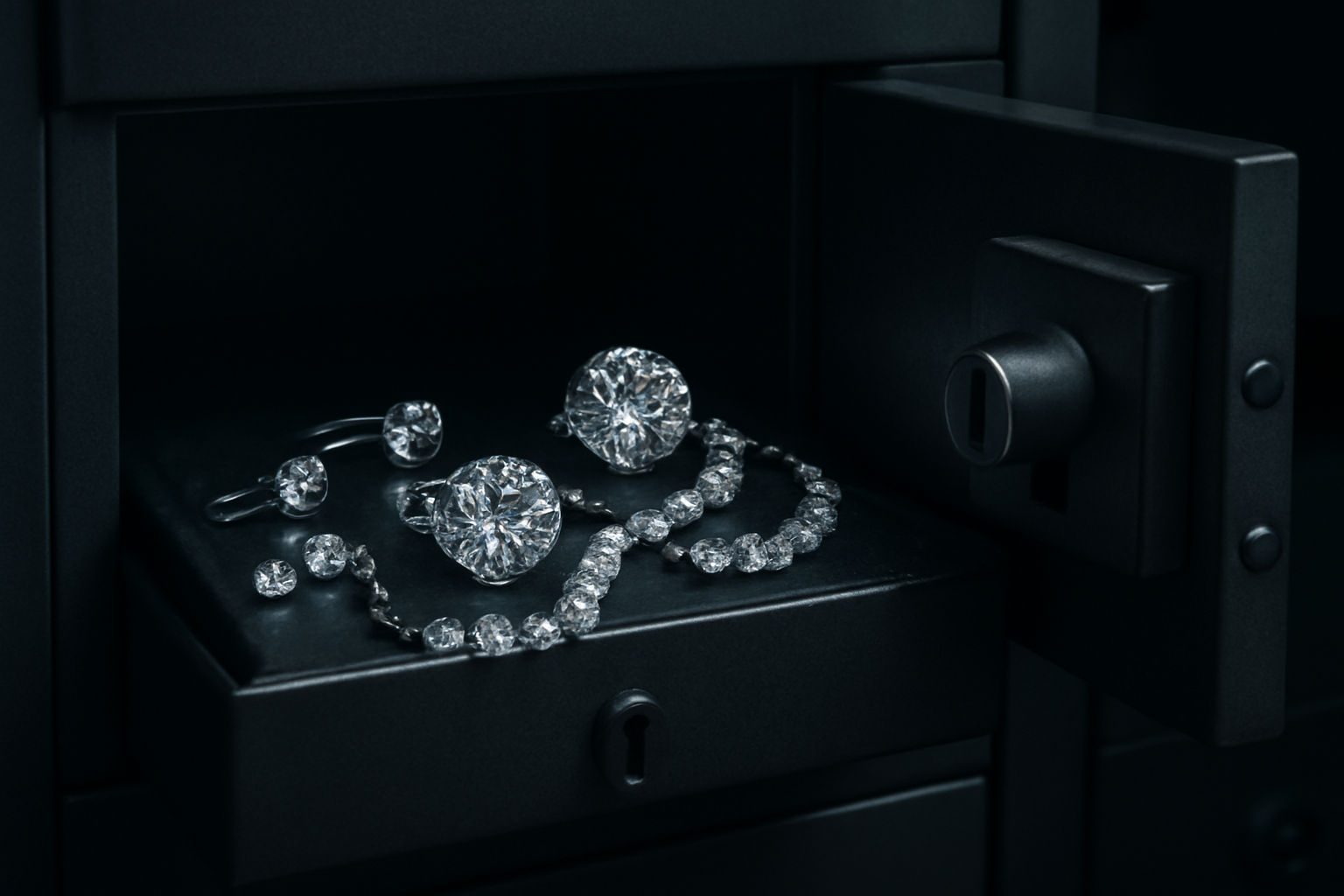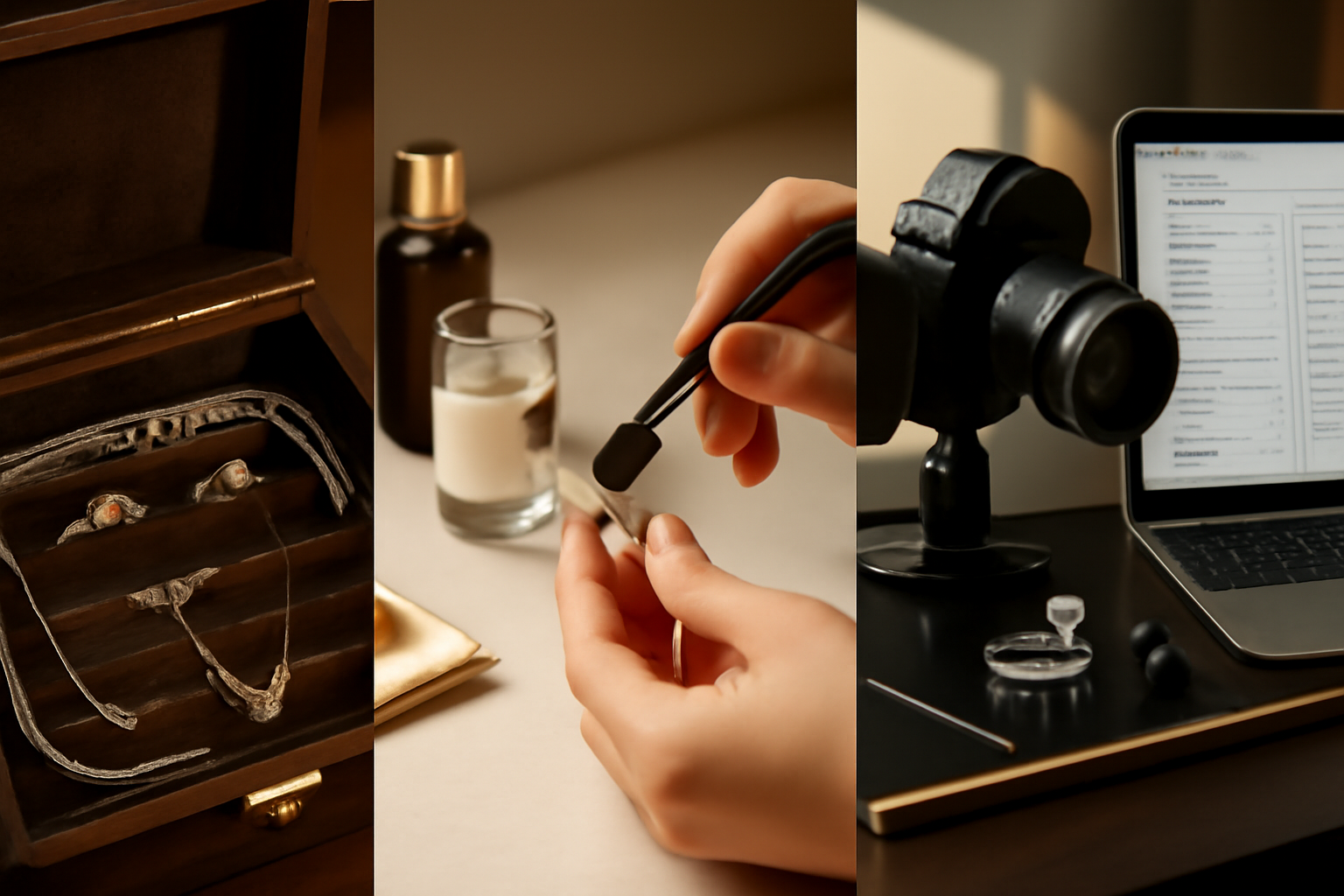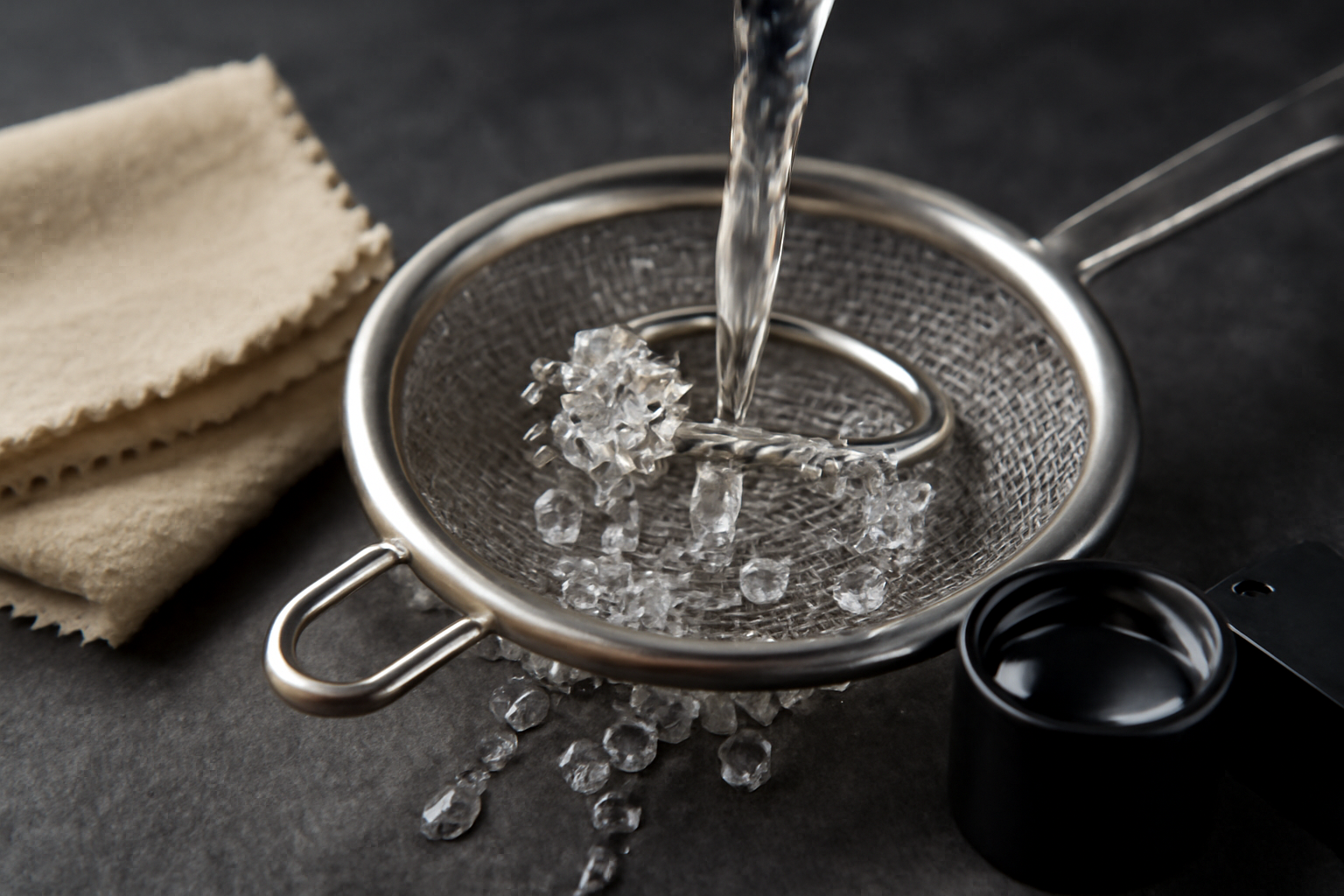The 4Cs of Diamonds: A Complete Guide for Buying the Perfect Stone
When buying a diamond—whether for an engagement ring, a meaningful gift, or an investment—understanding the 4Cs of diamonds is essential. These four factors—Cut, Color, Clarity, and Carat—determine a diamond’s beauty and value, giving you the knowledge to make a confident choice.
Cut: The Key to a Diamond’s Sparkle
The cut is the most important characteristic of a diamond, as it determines how brilliantly the stone interacts with light. A fine cut maximizes brilliance (white sparkle), fire (flashes of color), and scintillation (sparkle as the stone moves).
A diamond cut too shallow or deep will leak light, reducing sparkle even if other grades are high. Cut grades typically include: Excellent/Ideal, Very Good, Good, Fair, and Poor.
Pro Tip: Always choose the best cut quality your budget allows. A smaller, well-cut diamond will shine more than a larger poorly cut one.
Image suggestion: Close-up of a brilliant round diamond with sharp facets and sparkle.
Color: Understanding the Diamond Grading Scale
The color scale for diamonds ranges from D (colorless) to Z (light yellow or brown). Most diamonds used in jewelry fall within this range.
- D-F: Colorless, very rare and highly valuable.
- G-J: Near-colorless, excellent value, and look white to the naked eye.
- K-Z: Noticeable tint, usually visible when compared side by side.
Fancy colored diamonds (pink, yellow, blue) are graded separately and are prized for their unique hues. Also, diamond settings can influence how white or tinted a stone appears.
Image suggestion: Side-by-side comparison of D, G, and J diamonds.
Clarity: Natural Purity Inside the Stone
Diamonds form naturally under extreme pressure and heat, which often creates tiny internal marks called inclusions, and external marks called blemishes. Collectively, these determine the clarity grade.
Clarity grades include:
- FL (Flawless) / IF (Internally Flawless): No visible inclusions under 10x magnification.
- VVS1 & VVS2: Very, very slight inclusions, extremely difficult to see.
- VS1 & VS2: Very slight inclusions, not visible to the naked eye.
- SI1 & SI2: Slight inclusions, may be visible under close inspection, but often eye-clean.
- I1, I2, I3: Inclusions visible to the naked eye, affecting transparency.
Pro Tip: Choose an “eye-clean” diamond—one where inclusions are invisible without magnification. This ensures beauty and better value.
Image suggestion: Magnified comparison of a flawless vs. included diamond.
Carat: The Weight That Defines Diamond Size
The carat refers to a diamond’s weight, with 1 carat equal to 0.2 grams. While weight affects size and price, two diamonds of the same carat can appear different depending on the cut.
Consider these tips:
- A 0.90-carat diamond can look similar to a 1.00-carat diamond but costs significantly less.
- Larger diamonds are rarer and more expensive; balancing size with cut, color, and clarity is key.
Image suggestion: Diamond size chart from 0.50 carats to 2.00 carats.
How the 4Cs Work Together
The 4Cs collectively define a diamond’s beauty and value. Even the most flawless diamond cannot sparkle without a good cut. Similarly, you can trade off slightly in clarity or color to afford a larger carat size, depending on your priority.
Decide what matters most—brilliance, size, or budget—and use the 4Cs together to achieve the perfect balance.
Final Thoughts
By understanding the 4Cs of diamonds, you can make an informed and confident purchase. Whether it’s a diamond engagement ring or an investment stone, use the balance of Cut, Color, Clarity, and Carat to choose a jewel that matches your desires and budget.
Frequently Asked Questions about the 4Cs of Diamonds
What are the 4Cs of diamonds?
The 4Cs stand for Cut, Color, Clarity, and Carat Weight. These are universal standards used to evaluate a diamond’s quality and overall value.
Which C is the most important when choosing a diamond?
The cut is considered the most important factor because it affects how well the diamond sparkles by maximizing light return and brilliance.
How does diamond color grading work?
Diamond color is graded on a scale from D (colorless) to Z (light yellow or brown). Colorless diamonds are rare and valuable, while near-colorless options offer great value without visible tint.
What does diamond clarity mean?
Clarity refers to the presence or absence of internal inclusions or external blemishes. Most inclusions are microscopic and do not affect naked-eye beauty if the diamond is “eye-clean.”
Is carat weight the same as a diamond’s size?
Carat weight measures the diamond’s weight, not its exact size. Two diamonds with the same carat weight can look different in size depending on their cut proportions.
Can I prioritize some Cs over others based on budget?
Yes, understanding the 4Cs helps you balance your priorities. For example, you can choose a slightly lower color or clarity grade to afford a better cut or larger carat size.


